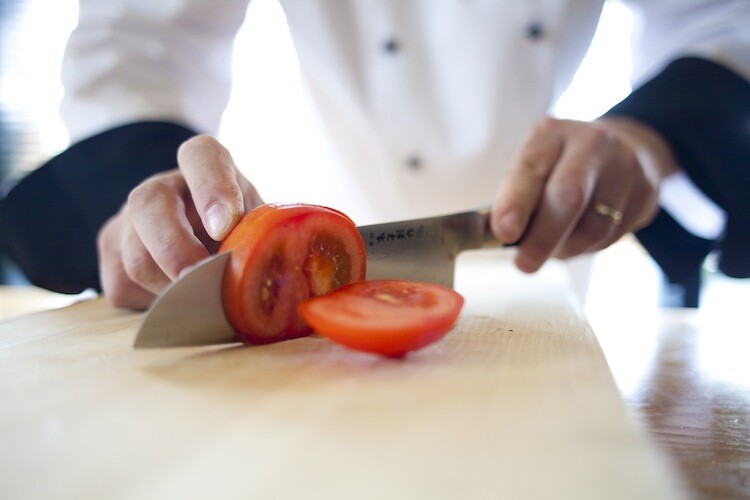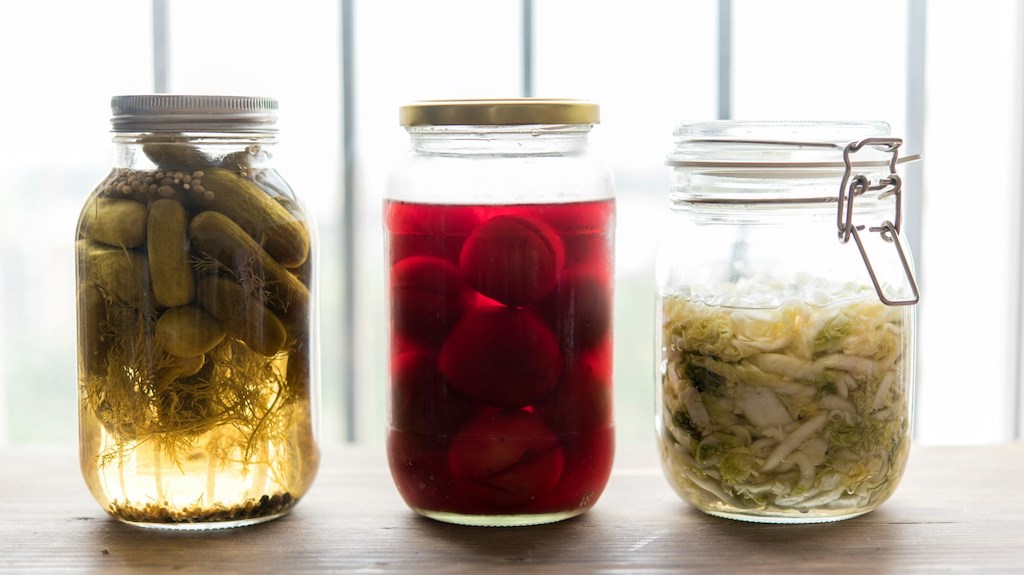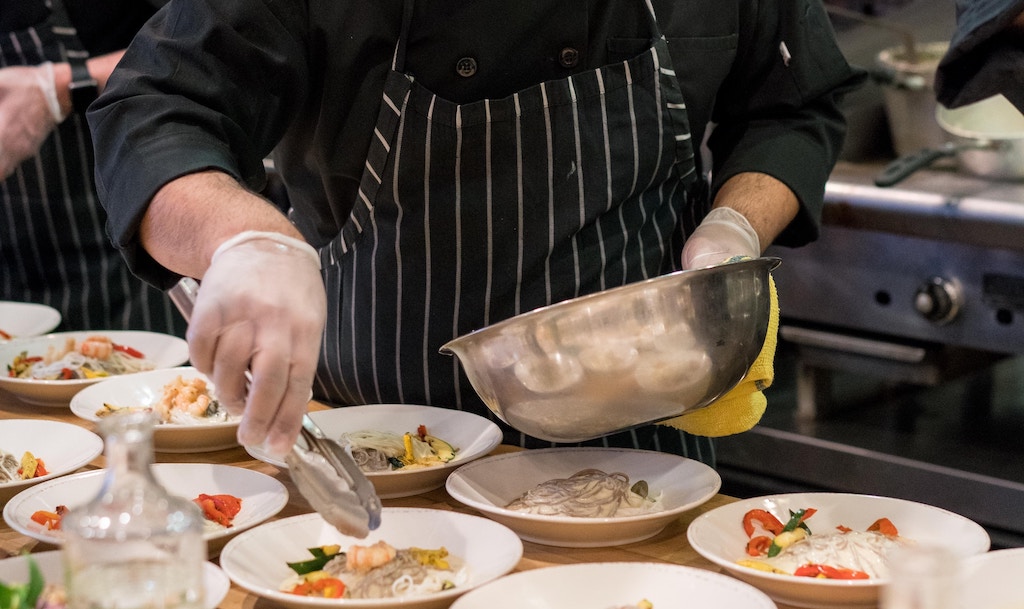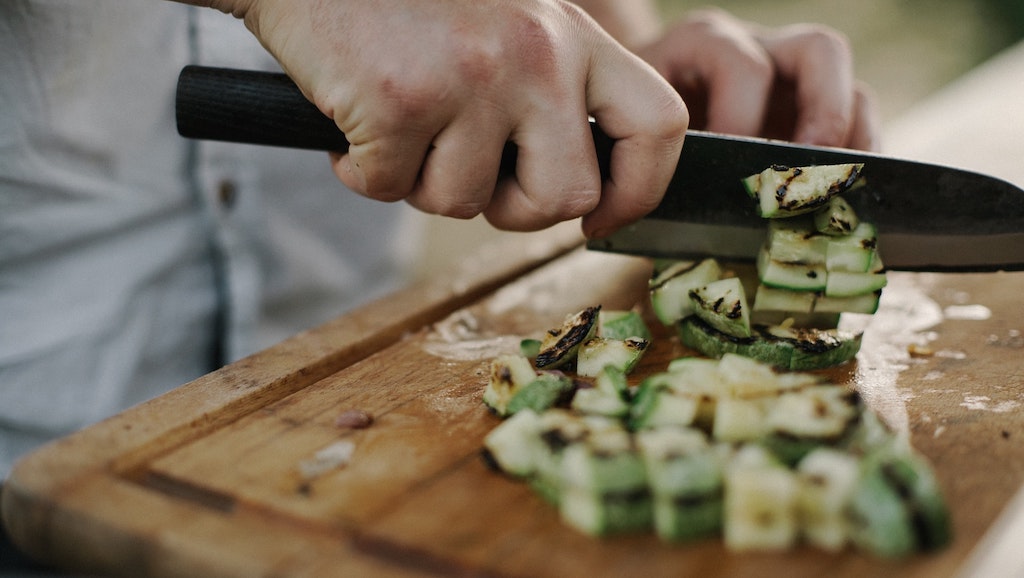Ten ways to cut it with your kitchen knives
To follow on from our last article on how best to look after your knives (Total Knife Care – 4 points), here is a short guide to how to use them. Master these techniques and you’ll be chopping and cutting like a pro in no time. Here we cover…
- The basics – chopping, peeling, dicing, mincing
- The ones with the French names – chiffonade, batonnet, allumette, brunoise, tournee, julienne
1) Chopping
Pro chefs do this one of two ways – either ‘wrist fulcrum’ or ‘tip fulcrum’. With the wrist fulcrum method, as the name suggests, you pivot the knife from your wrist and chop with the point of the knife pointing up. The tip fulcrum method is the other way around, where the knife tip remains in place on the chopping board and you chop by moving your hand up and down.The correct way of holding the knife is with your middle, ring and little finger around the knife handle and your thumb and index finger gripping the blade.
2) Peeling
It’s best to use a paring knife for this where you don’t have a peeler. The conventional way of peeling fruit, for example, is to start at the top of the fruit and peel the skin away in a circular motion, holding the fruit in one hand and the knife in the other, keeping your hand out of harm’s way by making sure the blade is pointed away from them.
3) Dicing
Dicing is essentially where you need to chop food up into uniform cubes of whatever size – generally anything from large (2cm) to small (0.5cm). The pro chef approach to dicing is to cut the food into square sided equal lengths, then, pushing these lengths together, slice them all in one go into the desired cube sizes, using the chopping techniques outlined above.
4) Mincing
Mincing is really just a form chopping or dicing so that the pieces of food that result are miniscule and can be easily mixed in and can then dissolve in the pot or pan. Just like dicing, the food needs to be cut into strips lengthwise, then turned through ninety degrees and finely chopped again. It’s important to use the tip fulcrum method with one hand on the top of the knife, and to move backwards and forwards through the food to ensure it is chopped finely throughout.
And here are some of the more advanced techniques…
5) Julienne
The Julienne cut, first mentioned in a French royal guide to cooking in 1722, is a 3mm x 3mm x 7cm cut, a little longer than the Allumette below. It’s handy to get some sort of size guide to start off with (you might need to get a ruler out!), but with practice you’ll get to know the Julienne size, as with the other cuts below.
6) Chiffonade
Chiffonade (‘little ribbons’ in French) describes a way of chopping green vegetables and herbs. The stems are removed and all the leaves are stacked up in a pile in size order, rolled up, and then cut into long thin strips. This avoids the leaves being discoloured or bruised and preserves the taste if you are storing herbs.
7) Batonnet
Batonnet, which is French for ‘stick’, is where you chop the ends off a piece of food (‘top and tail’) and then dice into equal pieces roughly 5cm x 2cm x 2cm.
8) Allumette
Allumette means ‘matchstick’ in French, and is a finer version of Batonnet (and shorter version of Julienne), where each stick is roughly 3mm x 3mm x 5cm.
9) Tournee
Tournee is a decorative cut for hard vegetables such as carrots and potatoes. The vegetables need to be prepared first into 5cm long pieces, then trimmed into small pieces shaped like small lozenges (or rugby balls!).
10) Brunoise
The Brunoise cut is a very fine dice cut. To do it, follow the Julienne instructions above, and then turn the resulting strips and dice into small cubes. Unfortunately we have no idea why it is called brunoise. Let us know if you know.
Now you can not only use your knives, but talk knowledgeably about what you’re doing. Now all you’ve got to do is cook!






